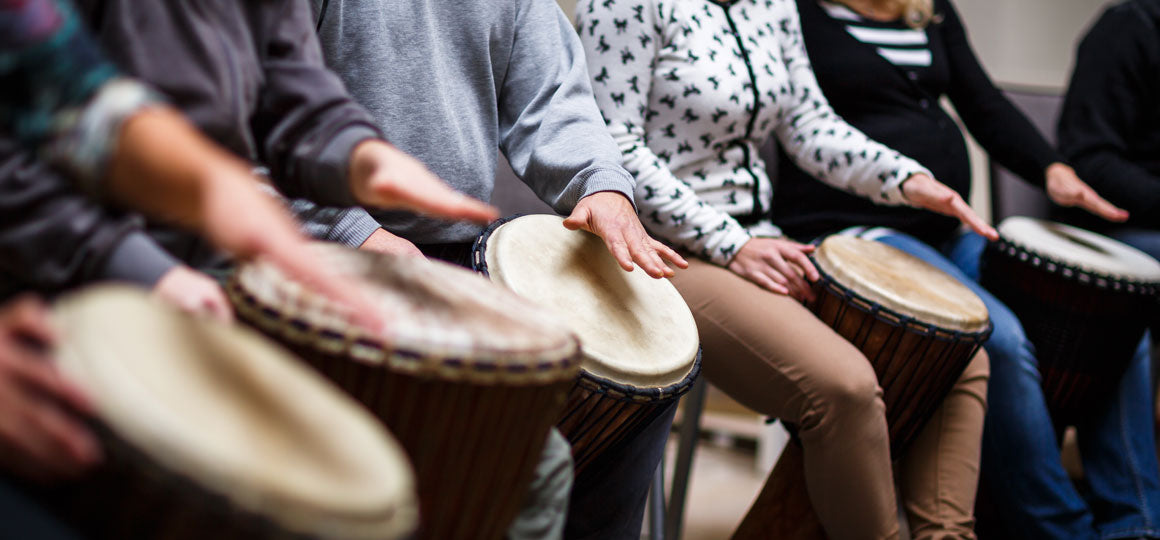
How to Teach Kids Cooking Safety in the Kitchen
Brian Acton
Cooking meals with your kids can rewarding and convey lifelong benefits to your children. It helps your children develop cooking as a life skill and teaches them about kitchen safety, nutrition, math, science, and more. Plus, it’s a good way to spend quality time together.
Cooking safety is the most important thing to instill in your kids at a young age so they develop good habits. Here’s how to teach kids cooking safety in the kitchen.
- Teach Safety Basics
You can start teaching basic kitchen hygiene and safety at a young age. Some of the basic rules you can cover include:
- Washing your hands in soapy water before you handle food.
- Keeping countertops and other working surfaces clean.
- Separating raw and cooked foods and being careful about cross-contamination.
- Washing utensils after you’re done using them or putting them in the dishwasher.
- Cleaning surfaces and spills as you go to prevent slips and falls.
- Not licking your fingers (or the bowl!) while preparing food.
- Tying back your hair and avoid loose clothing or dangling jewelry.
- Wearing shoes to avoid slipping and dropping hot or sharp objects on your feet.
- How to safely operate knives, appliances, and other kitchen equipment when they’re old enough.
- Turning pot and pan handles inward and away from the front of the stovetop.
- What to do if there is a fire.
- Checking that all appliances are turned off and unplugged when appropriate.
- Doing a final cleanup of all areas that were used during food prep.
- Assign Tasks that are Age-Appropriate
Toddlers aren’t ready to start handling knives or monitoring foods on the stove yet. But they can help pick out ingredients for the meals, rinse fruit and veggies (under water that’s a safe temperature), and mix things in bowls. They can even cut soft foods, like bananas, with a plastic safety kitchen knife.
As kids reach age six or seven and develop fine motor skills, they can graduate to more complex tasks like following simple recipe directions, measuring ingredients on their own, and even using small knives (with supervision) to cut things like simple fruits and vegetables.
By the time your kids are around ten, they may be comfortable enough to read more complicated recipes, operate the oven, stove, and other appliances, and understand knife safety.
- Adjust Supervision as Necessary
Of course, all children are different, and not all safety lessons can be imparted at once. Take time with your kids and observe what they’re comfortable with, what they still need help with, and what they can do without needing supervision. As they grow into budding kitchen chefs, you may be able to step back and watch them create their own culinary masterpieces.


